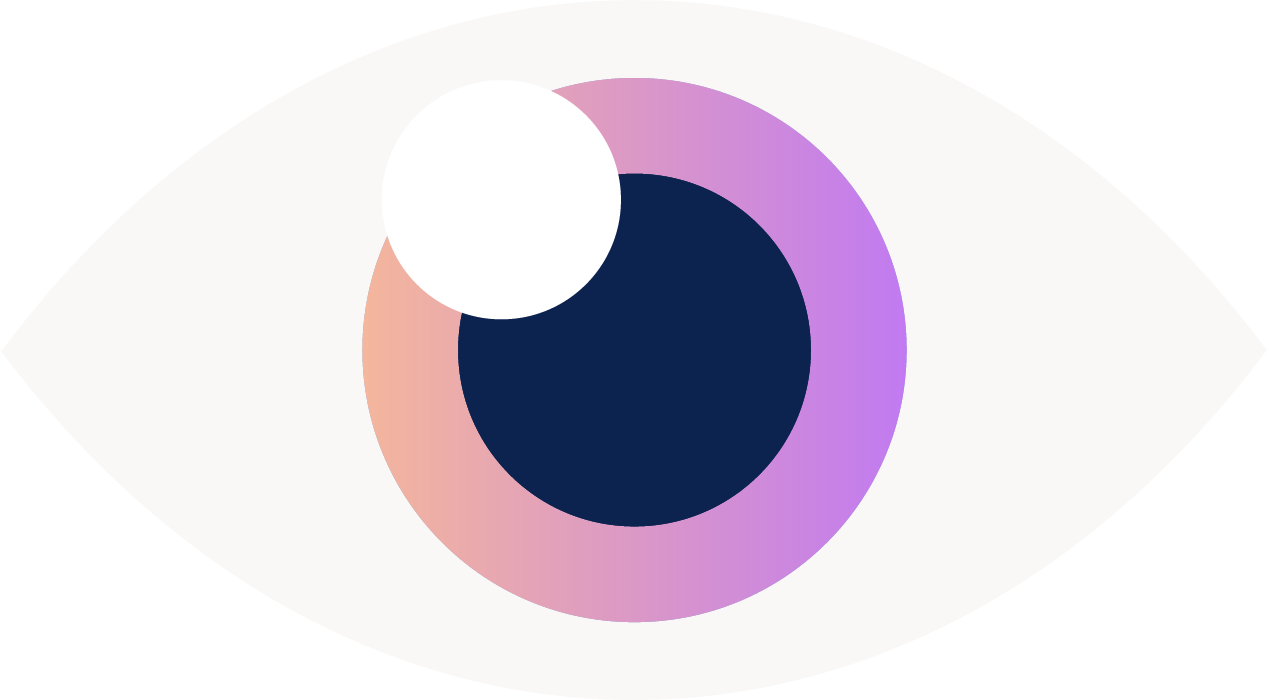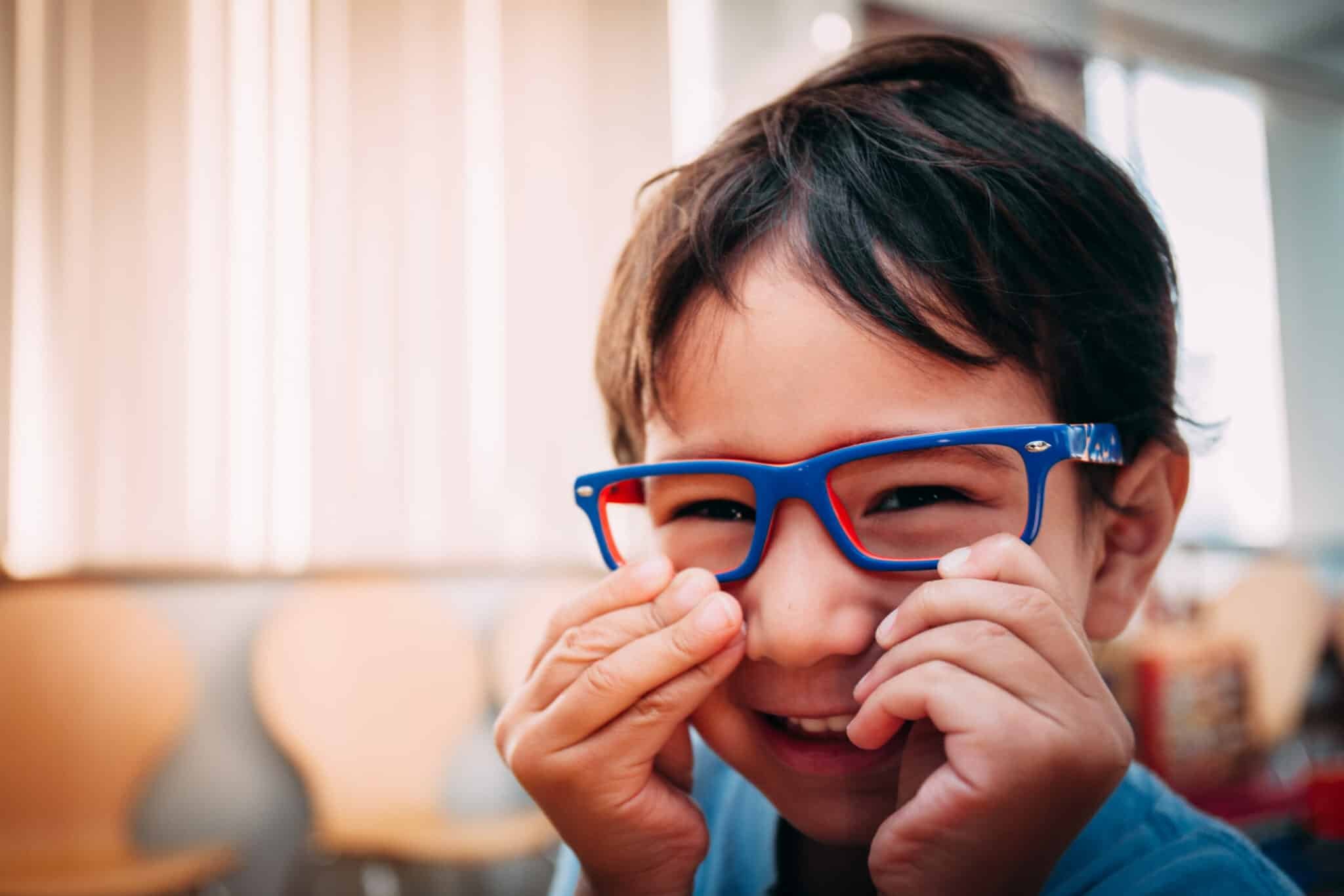Slowing Down Your Child's Nearsightedness
“Doctor, are there certain foods my kids can eat or eye exercises they can do to keep their nearsightedness from getting worse?” This is a question I get usually at least once a day right after measuring a kid for their glasses prescription. And, I get it. As a parent, you want your child to be unencumbered. To have no limitations. To be socially accepted.
Every year, you take your child to the eye doctor and their prescription is stronger. The glasses are thicker. And as a parent, you want to explore every avenue, to make sure your child is doing (or not doing) what they need to do to keep things stable.
Most of the time nearsightedness is genetic. It runs in families. And in the past, there wasn't much we could do about it.
My kids don't actually wear glasses (yet) which is why the Brand sticker is still on these glasses!
There has been some good data about sunlight exposure and decreasing nearsightedness. Studies in China, Taiwan and Australia, have shown that an average of 2 hours of outdoor activities can help slow the worsening of nearsightedness and the lengthening of the eyeball. Click here to read my post about UV exposure and decreasing myopia.
Several other studies over the past 8 years have also examined the effects of Low Dose Atropine on nearsighted children. What is low dose atropine?
Atropine 1% is a dilating drop that ophthalmologists have been using for decades. However, when diluted to 1/100 of its normal strength to Atropine 0.01% (also called Low Dose Atropine), it does NOT dilate the pupil. Several studies have found that Low Dose Atropine given daily to children can decrease the rate at which myopia worsens. It not only decreases the progression of myopia, but also decreases the axial length elongation of the eye.
Why do we care about slowing down nearsightedness? It's not just about how thick your glasses are. Really nearsighted kids and adults have eyes that can be much longer (front to back) than the normal population. This puts them at risk for retinal tears, retinal detachments, and myopic macular degeneration because the retina (the inner lining of the eye) is stretched more thinly over a longer eyeball, much like over inflating a balloon stretches it out. Axial length is a measurement that can be taken in the office to measure how long the eye is, and this can be stabilized with Low Dose Atropine.
Treatment with the drop was for 2 years and measurements were taken every six months to assess if the drop strength needed to be increased. Side effects such as enlarged pupil, difficulty with reading or near vision were not found to be statistically significant. So far there are no long term side effects associated with its use, however, longer term studies with daily use are needed.
Best news - this drop is generic and just has to be mixed by your local pharmacy. Bad news - though atropine is a an FDA approved medication, the dilute version is not FDA approved for this specific purpose. And, likely never will be since the drop is generic and no company will sponsor the FDA trails here. So, some insurances will not cover the cost of the drop. Out of pocket expenses are usually about $45/bottle/month.
My in-laws are all pretty nearsighted and several have actually suffered from retinal detachments, requiring vision saving retinal surgery. If my kids ever start to take after that side of the family, instead of my side (20/20 vision so far!), then I will certainly be placing them on this drop!
For now, my daughter just enjoys posing in glasses!





